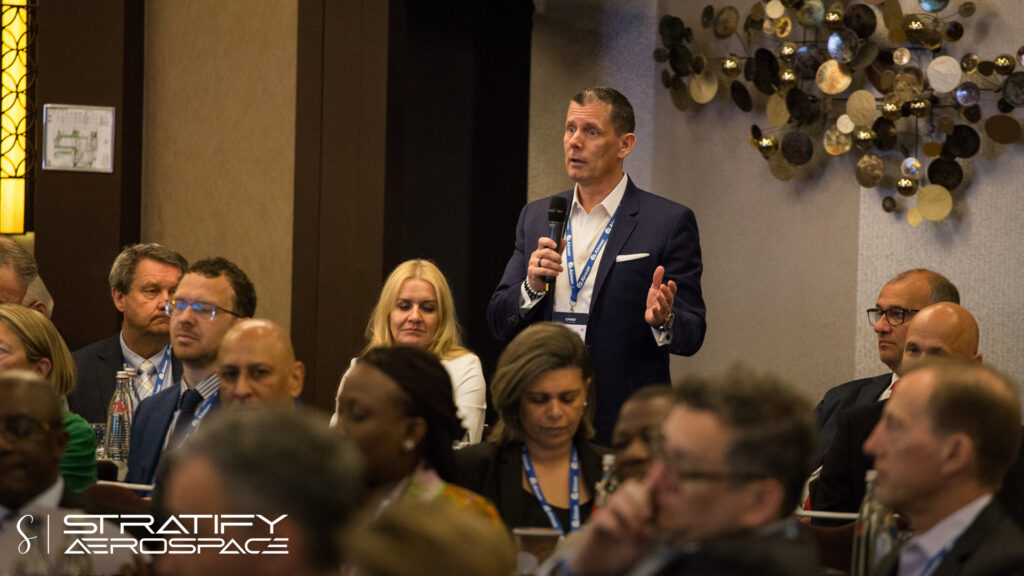Leadership has always been tough, but with the modern business landscape changing at a faster rate than ever before, it is only getting more difficult.
Explore In-Depth CEO Insights and Articles
Explore our extensive collection of articles featuring the latest insights, trends, and success stories from top business leaders. Stay informed with expert analysis and in-depth content that covers a wide range of topics in leadership and innovation. Browse now to stay ahead in the business world.

Browse Our Latest Articles
Explore the latest articles, featuring expert insights, groundbreaking innovations, and success stories from visionary business leaders. From leadership strategies to industry trends, our articles deliver the knowledge you need to stay informed and inspired. Dive in and stay ahead in the ever-evolving world of business leadership.
Thanks to the entrenched combination of experience and ambition that exists at its very core, California’s GrowthNectar, LLC has been carving out a name for itself as the new gold standard in performance marketing solutions since opening its doors...
Seeking to redefine a sector with its bespoke aviation services and solutions, Stratify Aerospace proudly serves the likes of air navigation service providers, airlines, airports, and the commercial aviation industry.
We’ve all had at least one terrible manager and probably many more than that during our work life to date.
Meryem Habibi, CRO of Bitpace, is reshaping the future of cryptocurrency. With groundbreaking solutions and a customer-first ethos, Bitpace is demystifying crypto payments for businesses globally. Discover how this dynamic leader is driving growth...
The path to becoming a CEO is often seen as complex in the dynamic world of business, but beneath the surface of each triumphant leader lies a set of strategic hacks that consistently drive their success.
Today’s workforce is the most age-diverse ever witnessed, with four, sometimes five, generations working side by side, ranging from Baby Boomers to Gen Z.
Whether you’re running an inbound or outbound call center, consistently tracking your most critical metrics and KPIs (Key Performance Indicators) is incredibly important. Staying on top of your call center metrics and KPIs can help you evaluate yo...
Networking has changed. It is no longer a white male-dominated exercise taking place on a golf course or in a pub.
Madalina Preda’s expertise lies in supporting and cultivating high-impact ecosystems across education, insurance, healthcare, and deep tech sectors, where cutting-edge technologies drive transformative change through servant leadership. Her journe...
No matter your industry, delivering exceptional customer experiences should be a top priority for every business.
In the world of business communications, everyone is trying to solve a persistent challenge.












